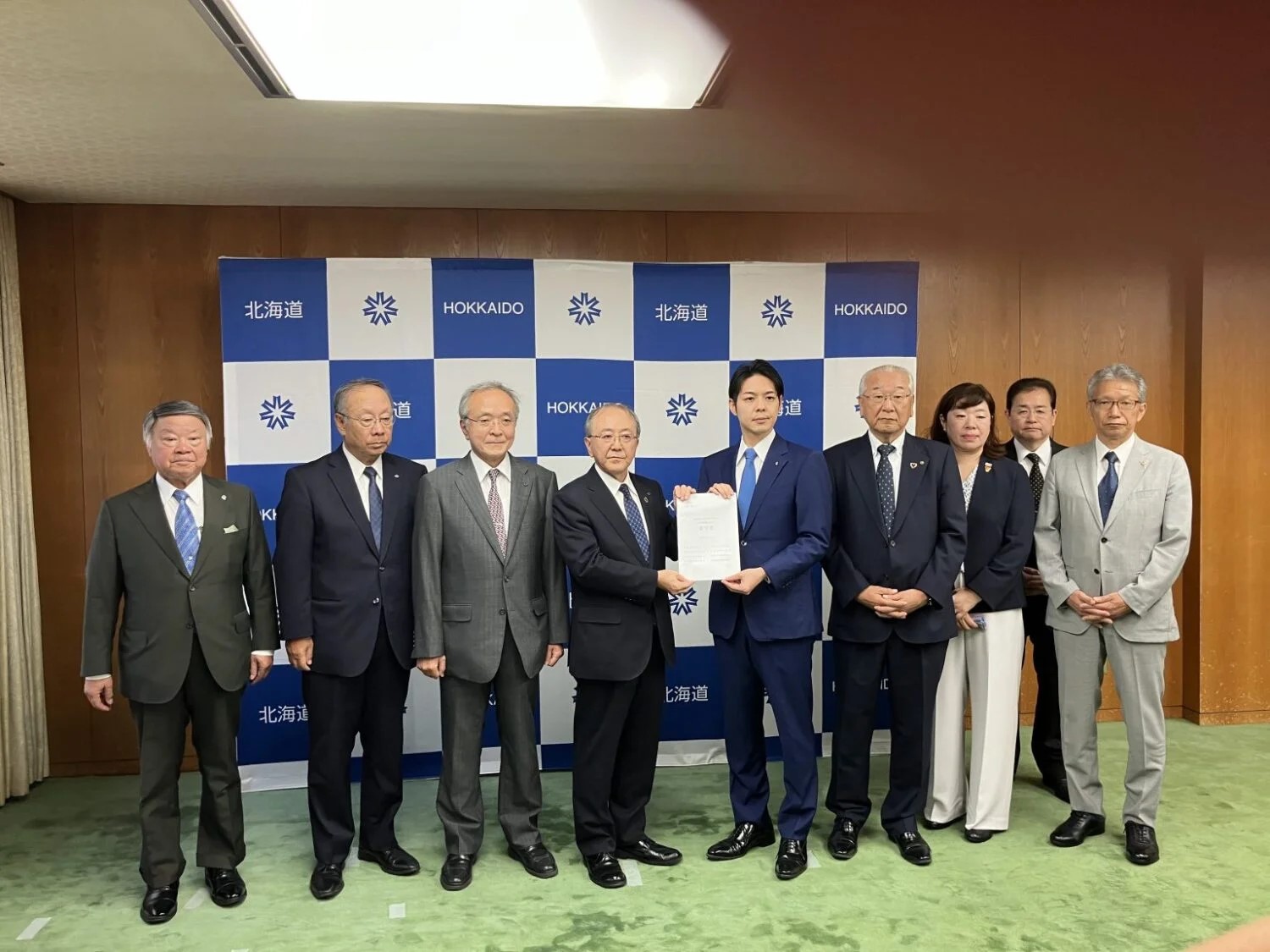The advantage of an ATR is its ability to use diverse types of fuel assemblies. For example, not only can it burn enriched uranium, as do ordinary light water reactors (LWRs), but can also burn natural uranium as well. In that sense, although the structure of the prototype test reactor Fugen is similar to that of boiling water reactors (BWRs), it is characterized by the use of heavy water as the moderator to create conditions for nuclear fission by natural uranium.
Since it began generating electricity in 1978 until the end of its service in 2003, Fugen produced a total of 21.924TWh of electricity. It burned 772 uranium-plutonium mixed oxide (MOX) fuel assemblies in that process—the most in the world—and contributed significantly to establishing technology for the use of plutonium. Fugen served without any serious problems.
According to an explanation made by JAEA representatives at the March 4 meeting, the organization cooperated with the respective manufacturers of Monju and Fugen in similar ways, but there was also an important difference. Namely, at Fugen, proper full-time employees hired before the commissioning remained engaged in operations until the end.
That is, many staff members with valuable on-site experience were always working at the site at Fugen, especially those in the maintenance sector. When Fugen ceased operating in FY02, about 75% of workers there had more than 20 years of experience. In contrast, the current percentage of such personnel at Monju is only about 20%.
Following the explanation, committee members raised various personnel-related questions. Chairman Akio Takahashi of the Japan Atomic Industrial Forum (JAIF), for instance, asked about career paths for managers at Monju.
At future meetings with JAEA, the study committee is expected to inquire about component ratios of managerial and technical staff, as well as such matters as the knowledge required of full-time employees.



-049.jpg)
.jpg)











